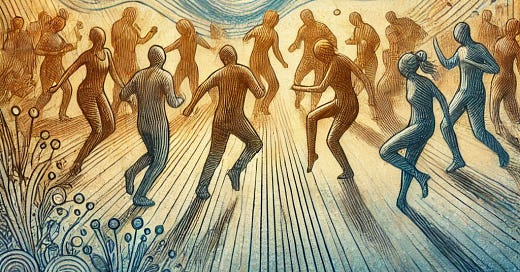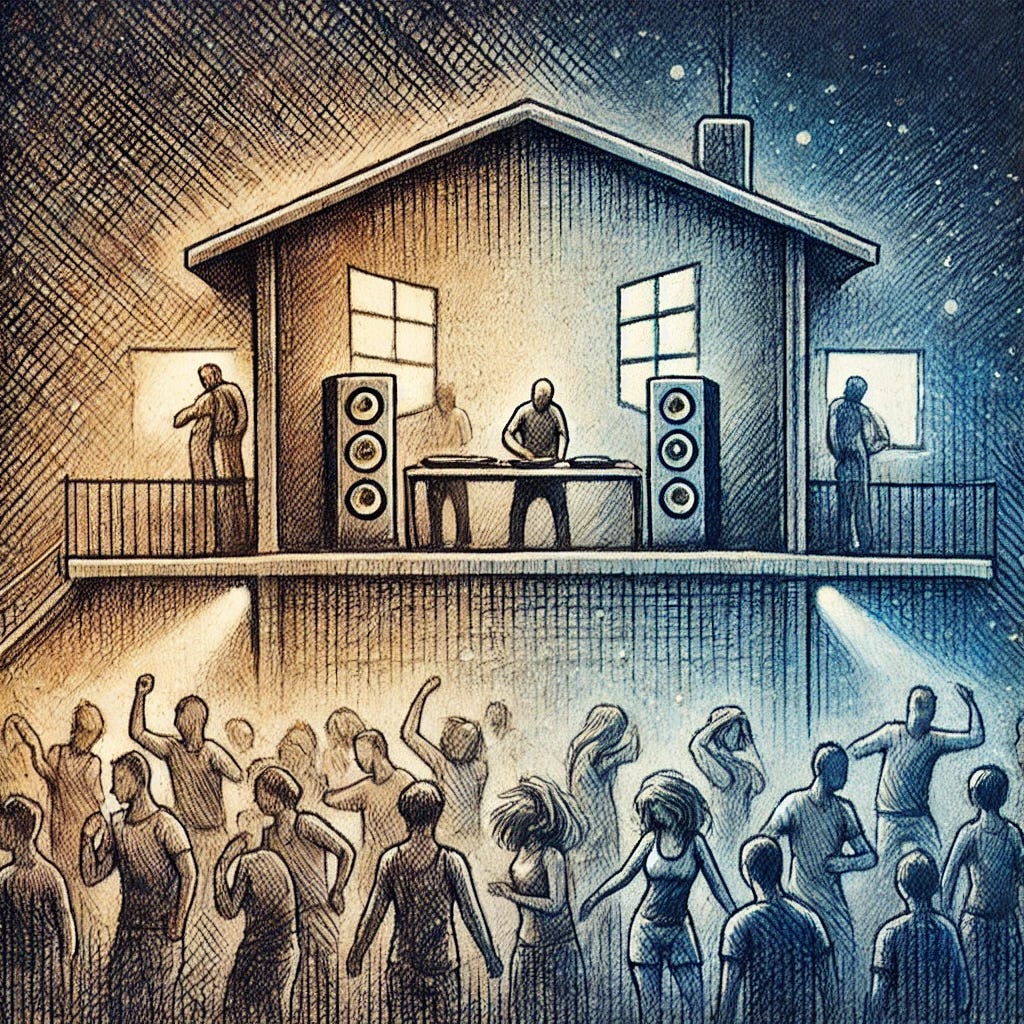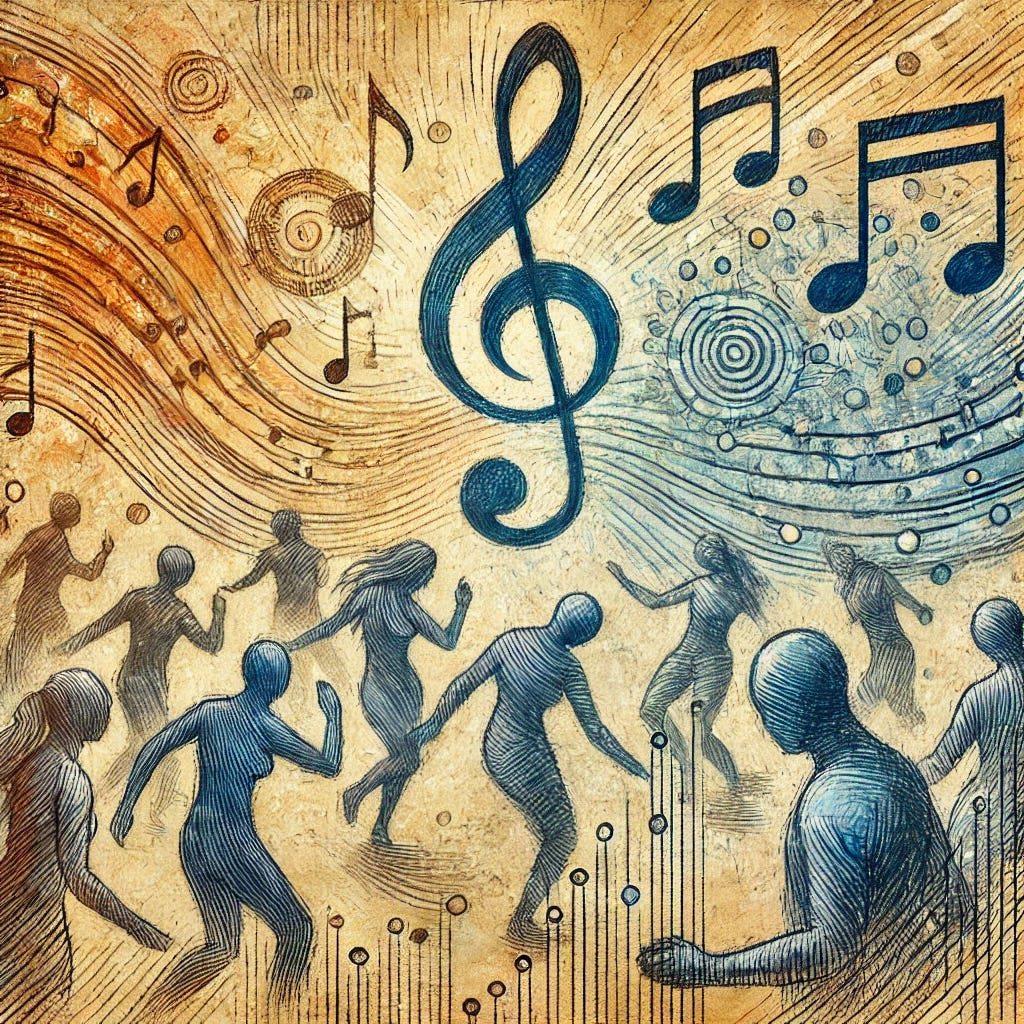The conversation around nightlife is often reduced to economic figures - how much revenue it generates, how many jobs it sustains, or how cities might leverage it for tourism. While these are valid points, they ignore a more profound truth - that dance music and the nighttime economy are not just cultural commodities but public health assets.
Post Defected at Fabric and Glitterbox across multiple locations this weekend, I have been having this discussion with fans and peers alike. From our community through to the amazing work that I learned that Emma Marshall (Movement Is Medicine, Music Is Medicine) is championing during our recent involvement in the NTIA (Night-Time Industries Association) conference in Birmingham, it’s clear that in an era where stress, loneliness, and mental health disorders are on the rise, we must reframe the way we view the dance-floor. It’s not just a place for entertainment - it’s a space for healing, connection, and emotional regulation.
Movement as Therapy
Music and movement are among the oldest forms of human expression, deeply embedded in our biology. Science tells us that dance and rhythmic engagement can significantly reduce stress hormones like cortisol while simultaneously boosting serotonin, dopamine, and endorphins, all chemicals critical for mental well-being. A recent study even found that dance outperformed exercise, talking therapies, and antidepressants as an intervention for depression.
For many, nightlife provides an environment where this form of healing happens naturally. The collective rhythm of a dancefloor, especially in genres rooted in heavy percussion such as house, techno, and drum & bass, creates an immersive experience that helps regulate the nervous system and stabilise emotions in ways that traditional mental health interventions often fail to do.
Nightlife as Preventative Health Care
The modern world is experiencing a loneliness epidemic, with social isolation now classified as a public health crisis. The dancefloor is one of the few spaces where people can connect, not through forced conversation or networking, but through shared experience. It fosters a sense of belonging, providing an antidote to the fragmentation of modern life.
Research on rhythmic entrainment - the synchronisation of our bodies to external rhythms - demonstrates its ability to regulate heart rate, enhance cognitive function, and improve emotional resilience. When people move together to the beat, they align on a physiological level, reinforcing social bonds and collective well-being.
Safe Spaces for Release & Expression
Beyond mental health, nightlife serves another critical function: it offers a controlled environment for emotional and physical release. In a society where stress levels are at an all-time high, structured spaces for self-expression and communal catharsis are crucial. Without these, people may (and often do) turn to unregulated alternatives - house parties, illegal raves, or isolated substance use - where risks are heightened, and harm reduction measures are absent.
Licensed venues provide trained staff, medical support, and safer environments where people can experience music and movement without unnecessary risk. By devaluing these spaces, we don’t eliminate the need for release, we simply push it underground.
The Bigger Picture: Recognising Dance Music as Essential
The conversation about the nighttime economy needs to evolve. If we are serious about addressing the global mental health crisis, we must recognise nightlife not as a problem to be regulated out of existence but as part of the solution. Policymakers, urban planners, and cultural institutions must acknowledge that cutting off access to nightlife means removing one of the most natural, accessible, and historically significant forms of collective healing. Soon, I will be accompanying Michael Kill and the NTIA in further discussions on the matter.
Music and movement are medicine. It's time we start treating them that way.
The work of initiatives like Movement Is Medicine is instrumental in bridging the gap between science, music, and well-being. By applying neuroscience-backed methods to movement and rhythm, they highlight the profound physiological and psychological benefits of dance music culture. Learn more about their work at Movement Is Medicine. Shout out to Emma Marshall.







Down with this for sure, though I’d like to point out that my admittedly long-ago experience of illegal raves did not substantiate those environments as unsafe. I was really struck by how unusual it is to be surrounded by strangers who are happy to make eye contact and even smile when out a few weekends ago… and saddened, to, to recognise how weird it is that that is now unusual. I was always one of the dance-all-night-and-into-the-morning people who went to events for the music and the freedom, not the socialising, but it was marvellous to be lit up by a room of excited, vibrant people as much as by the music itself and my own inner experiences.
Sidenote: I’m studying mindfulness at Master’s level and really believe that dancing is better for mental health!